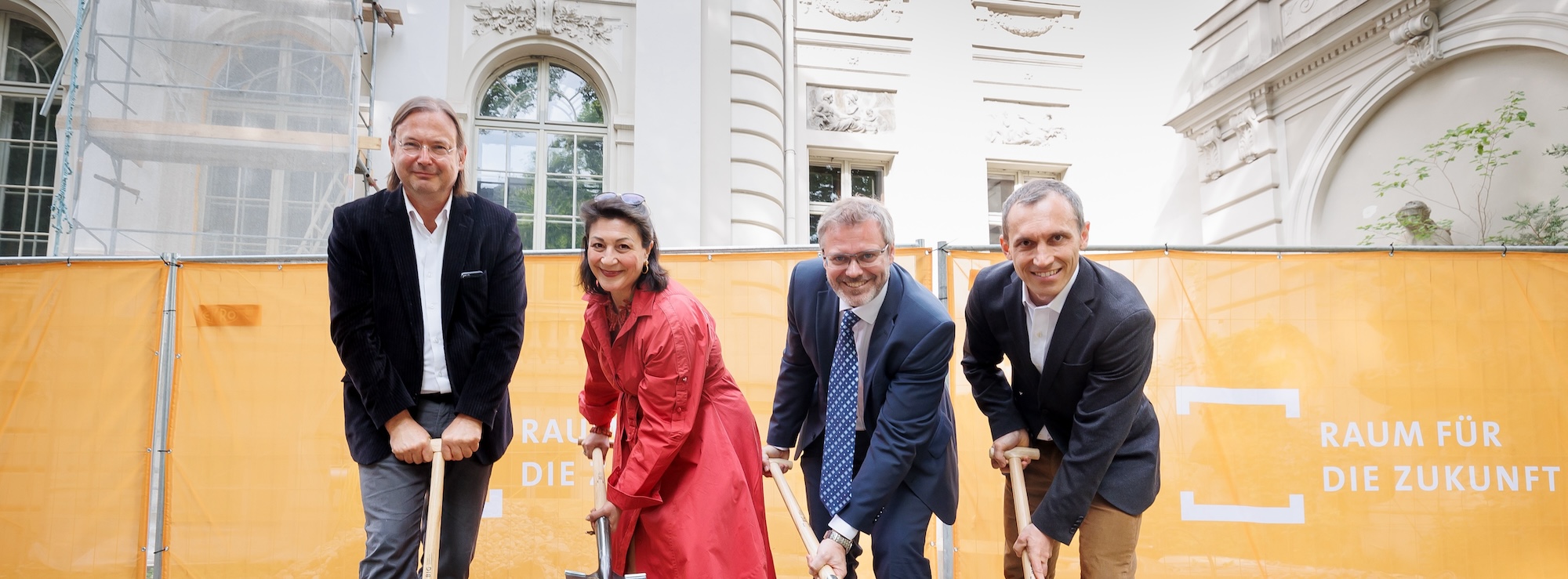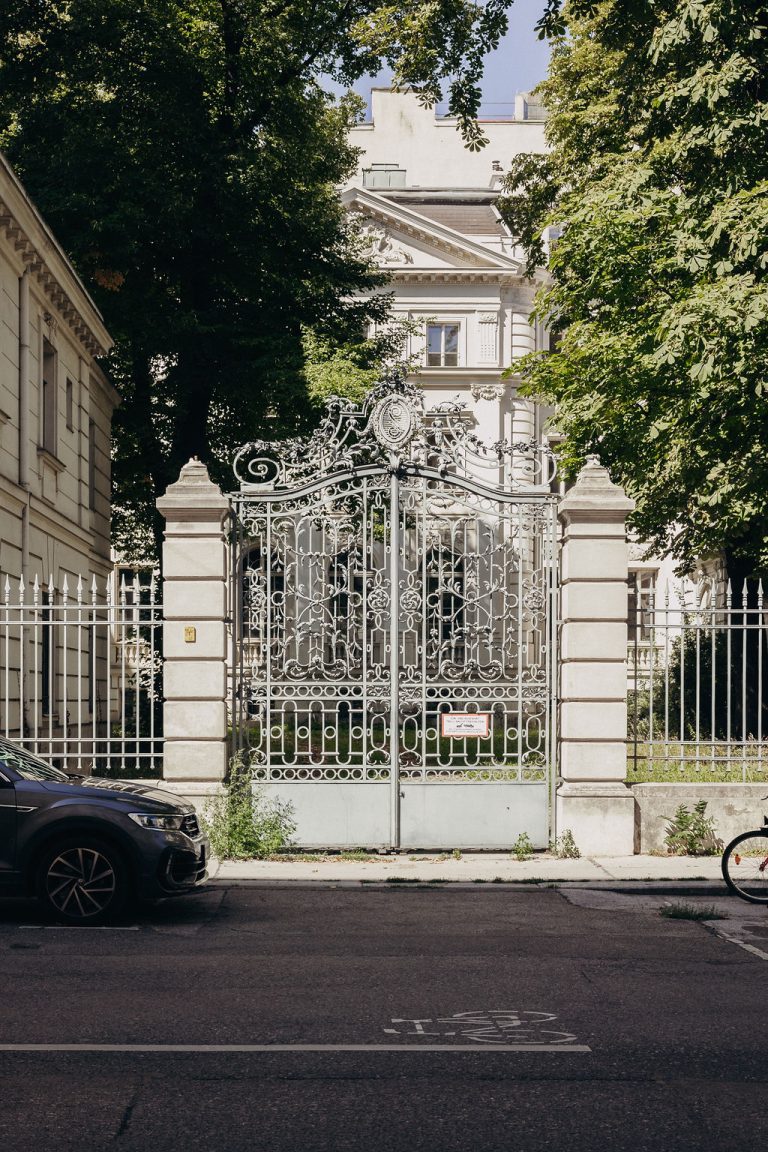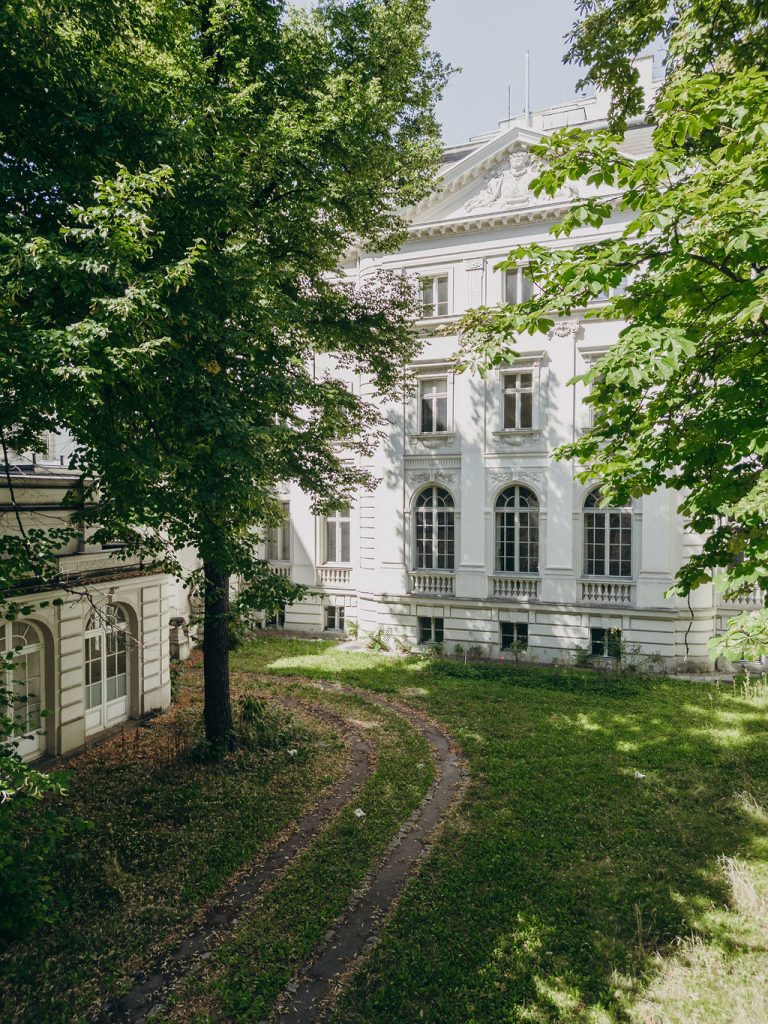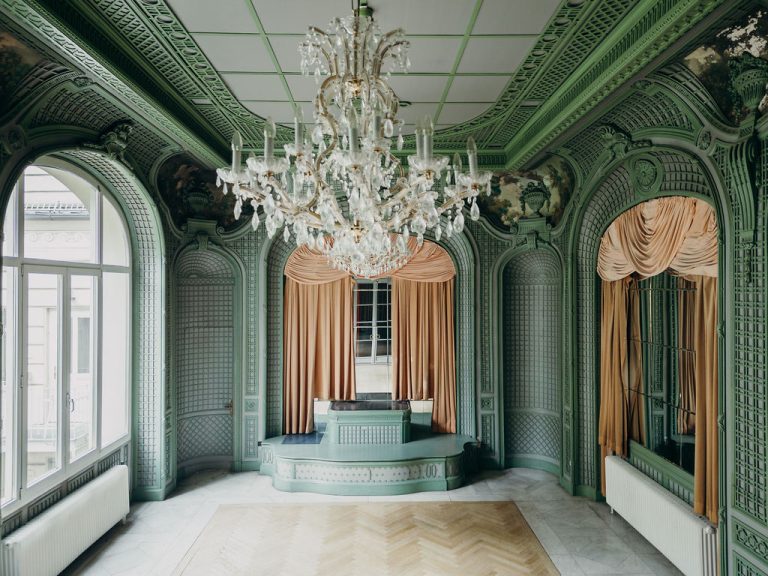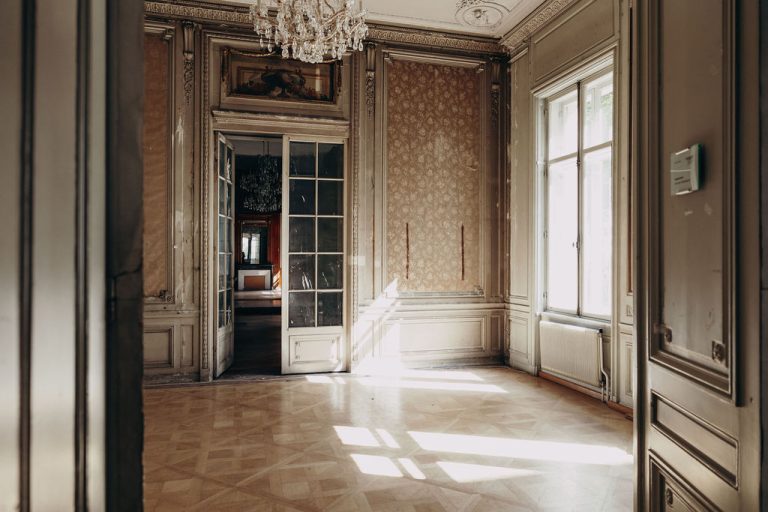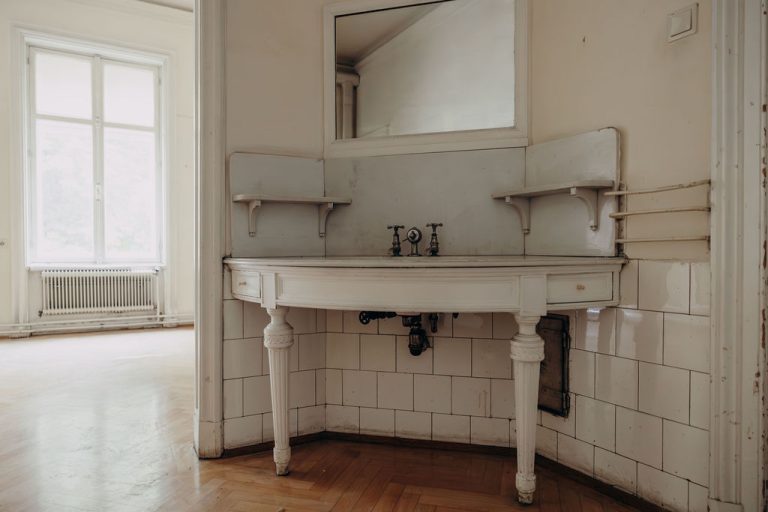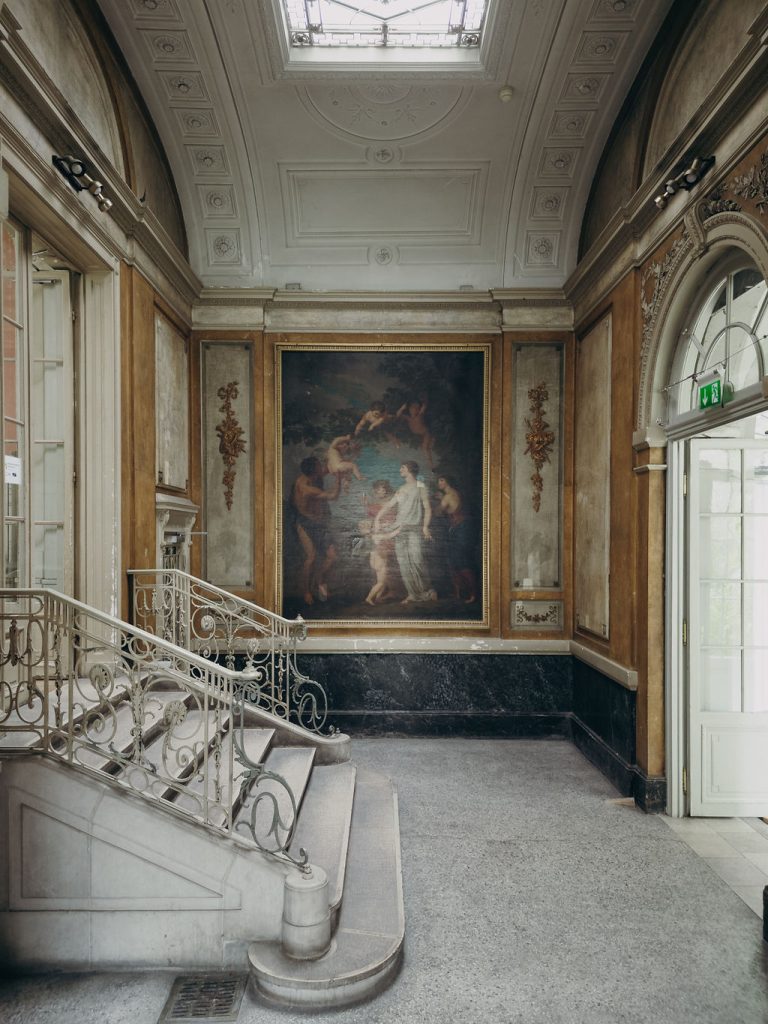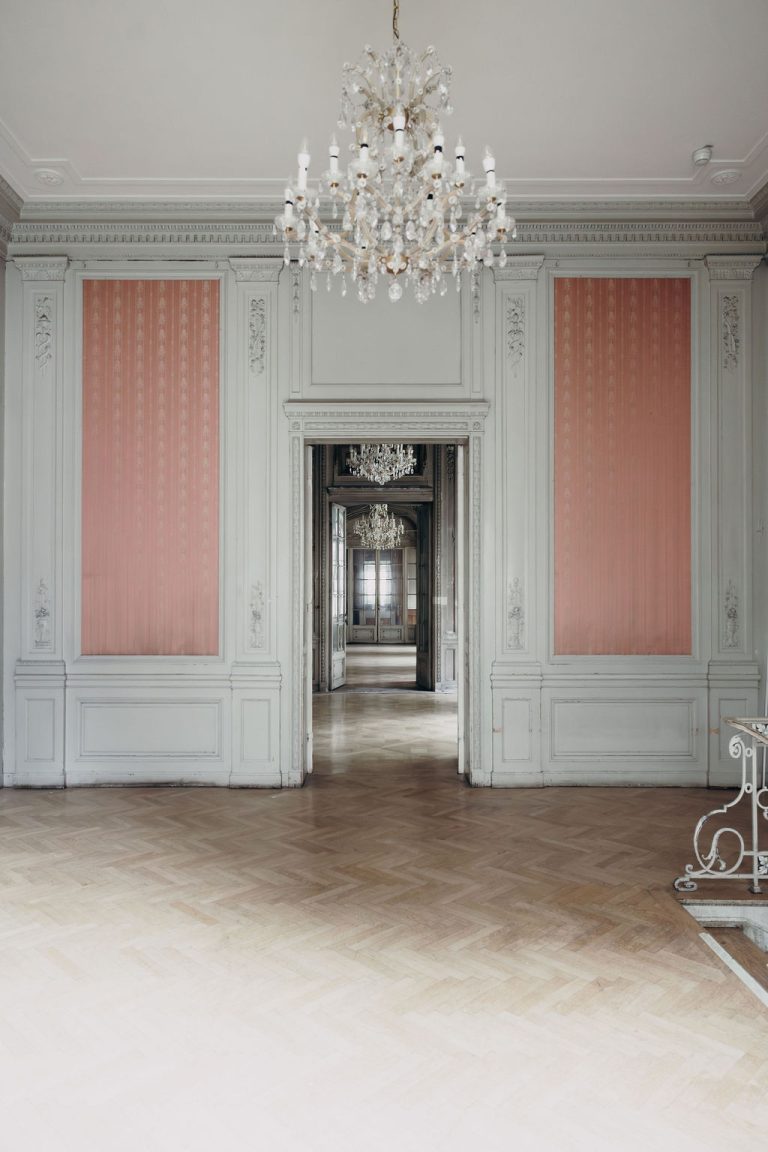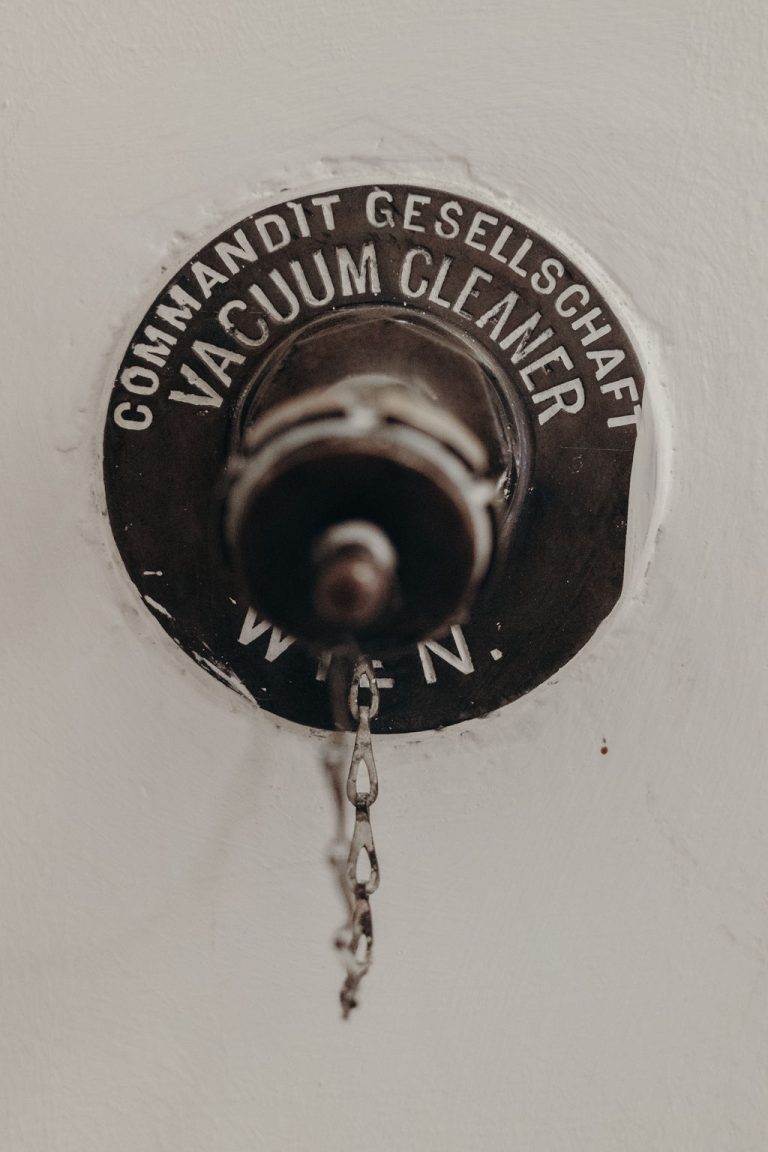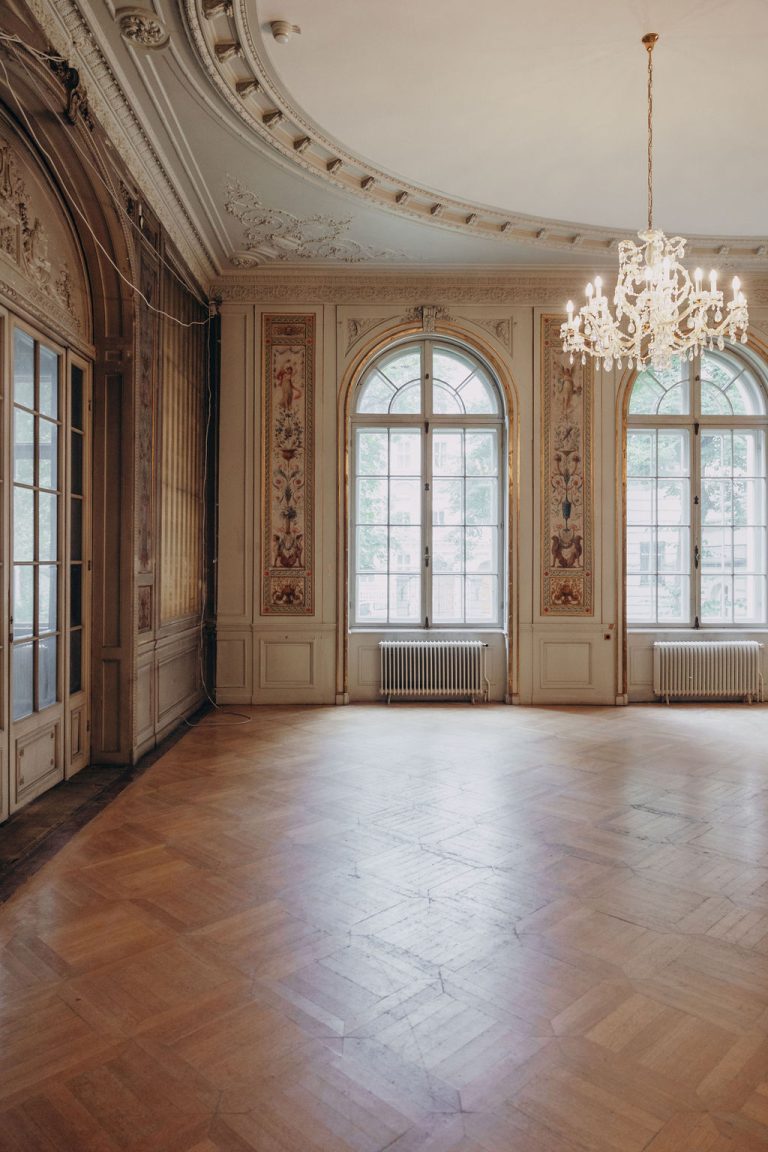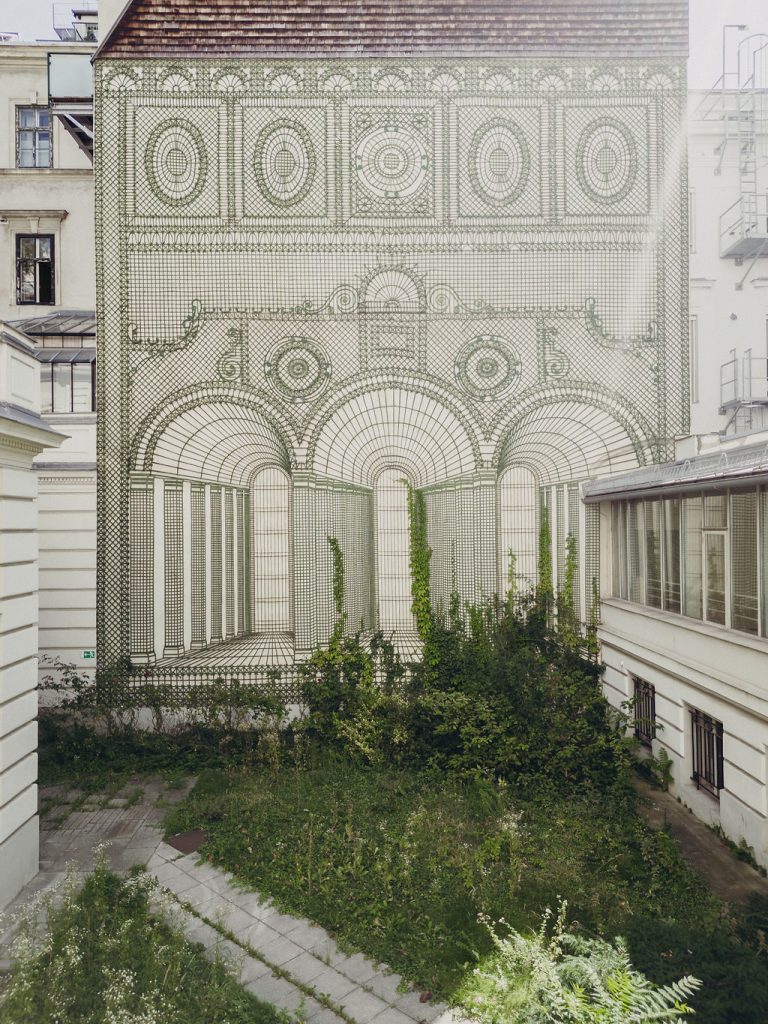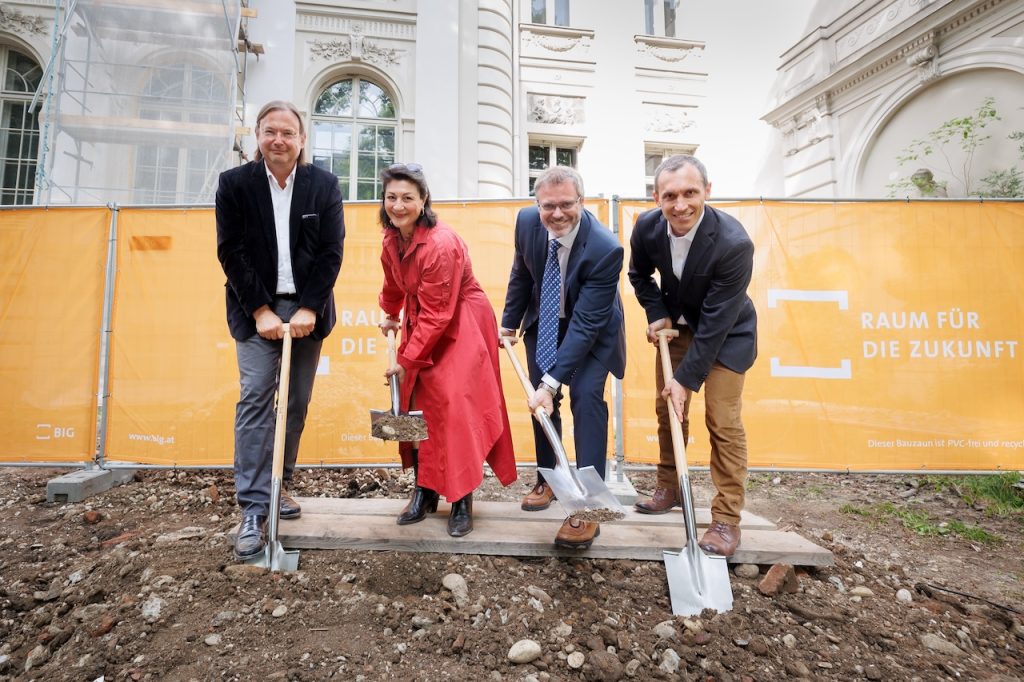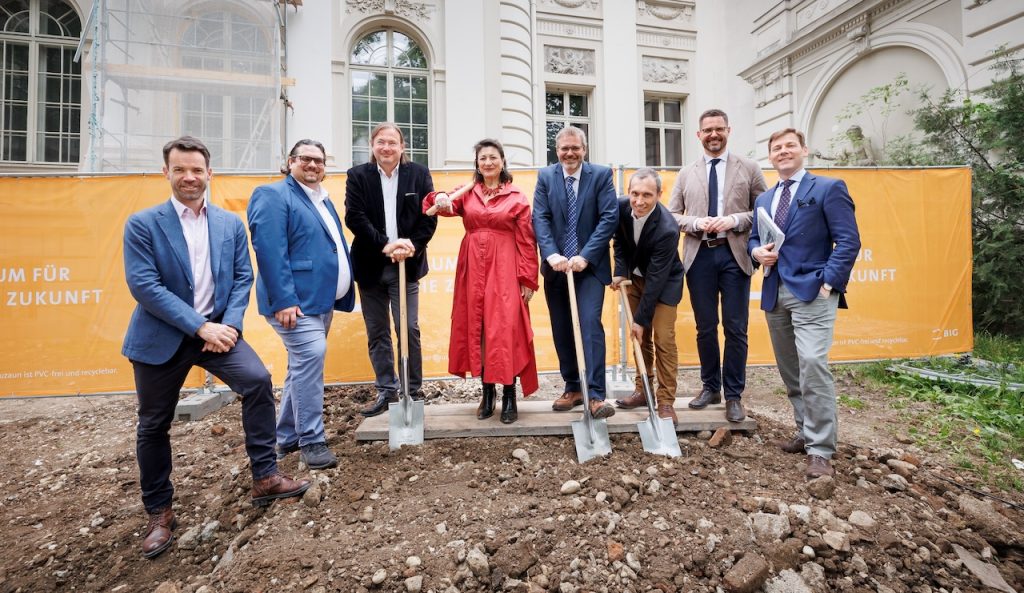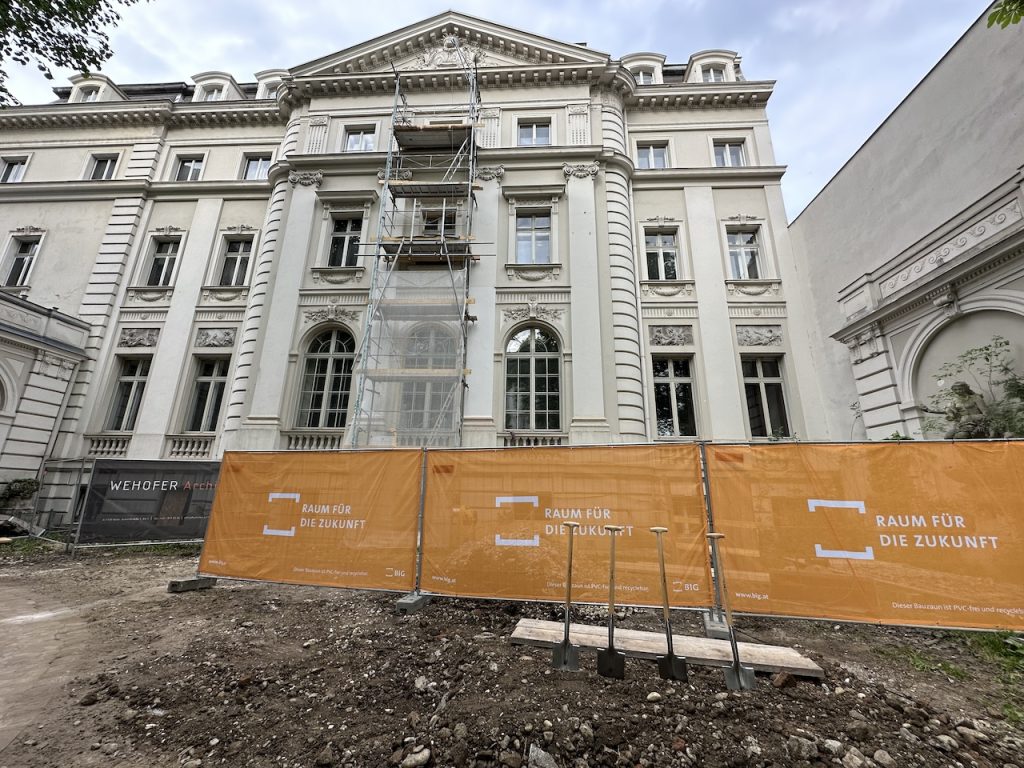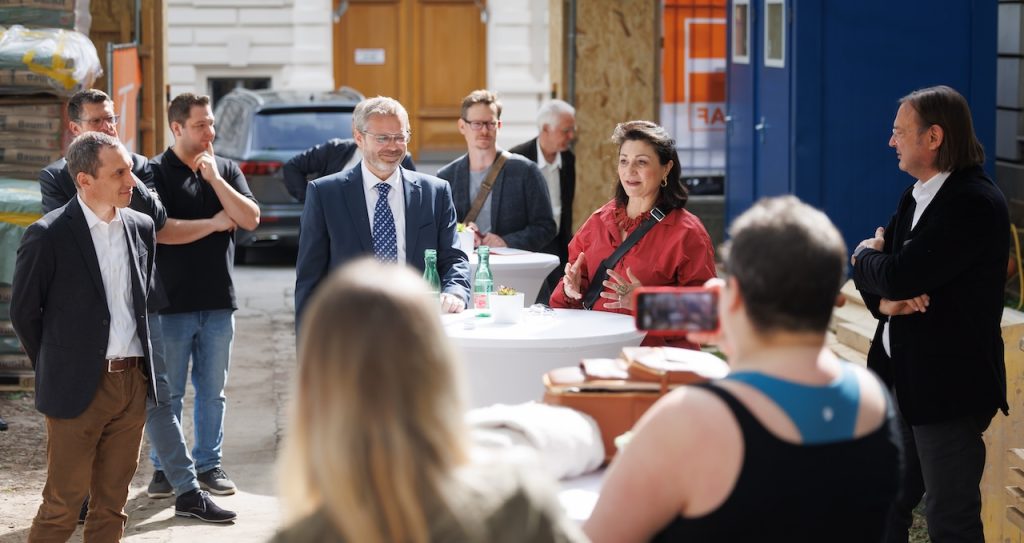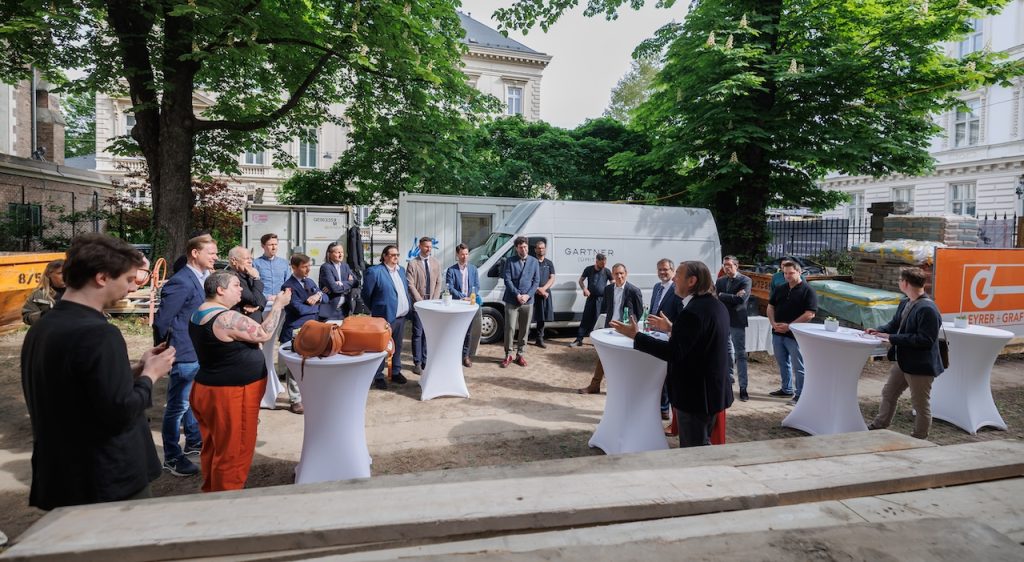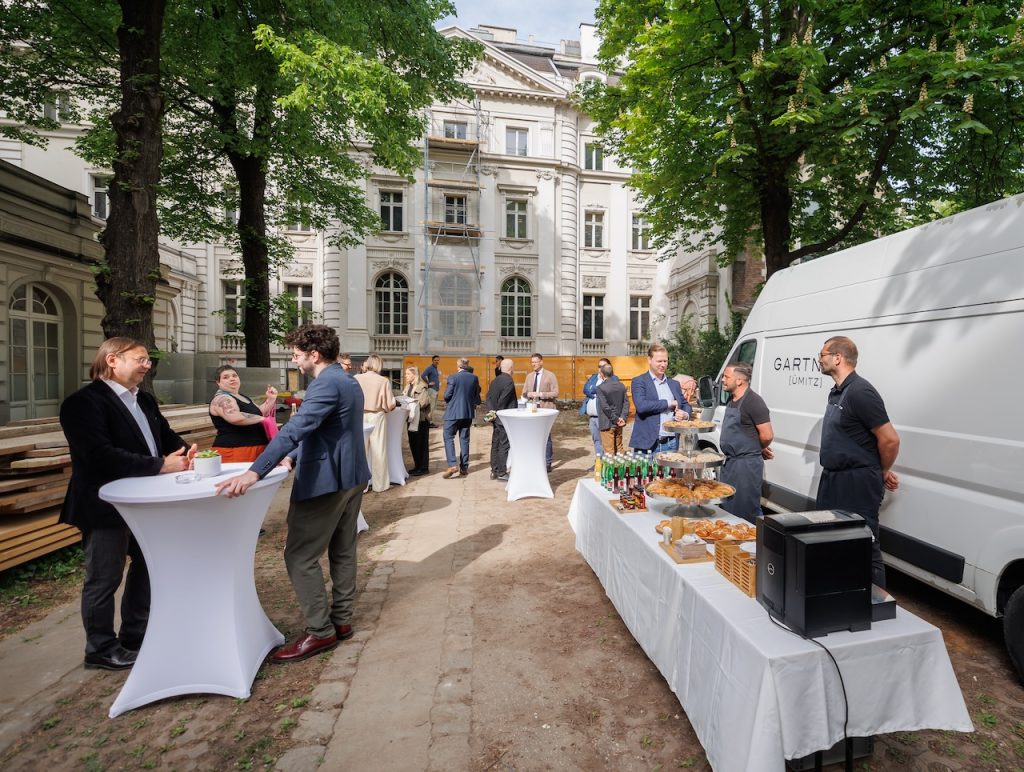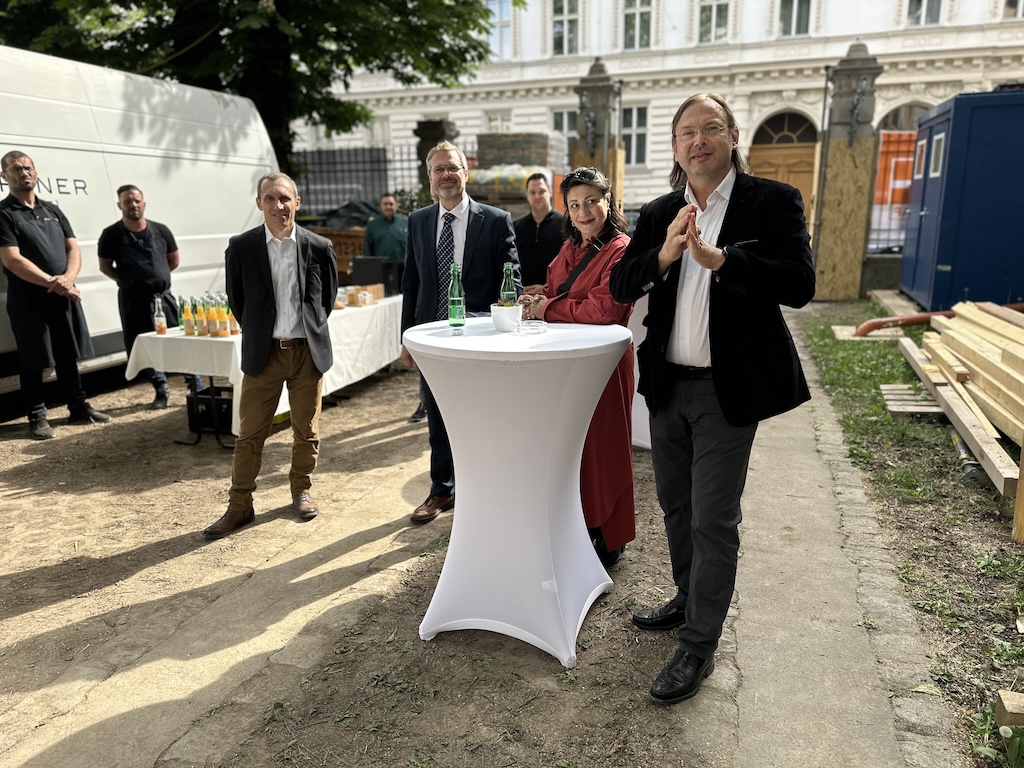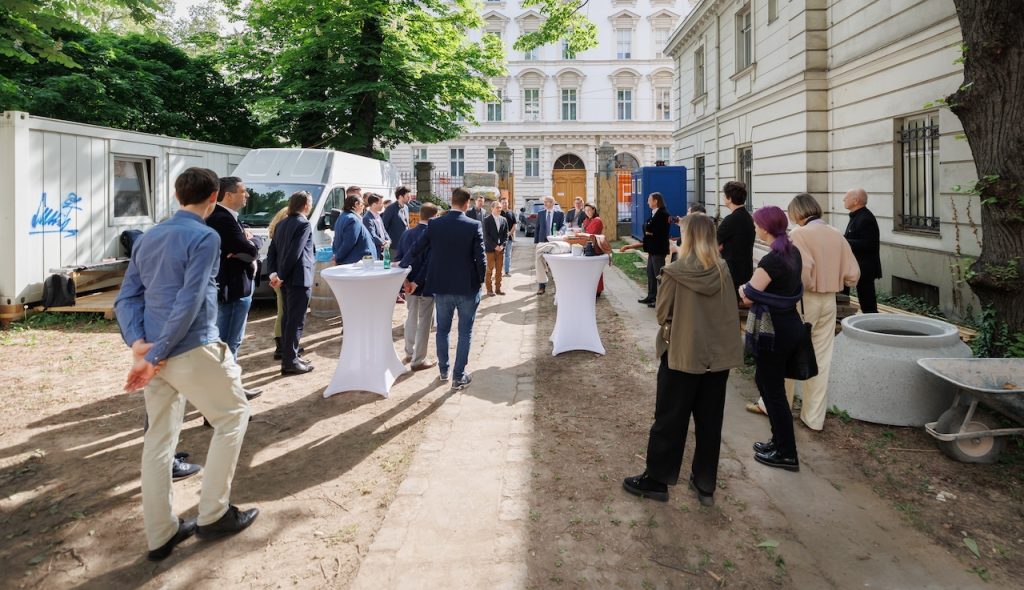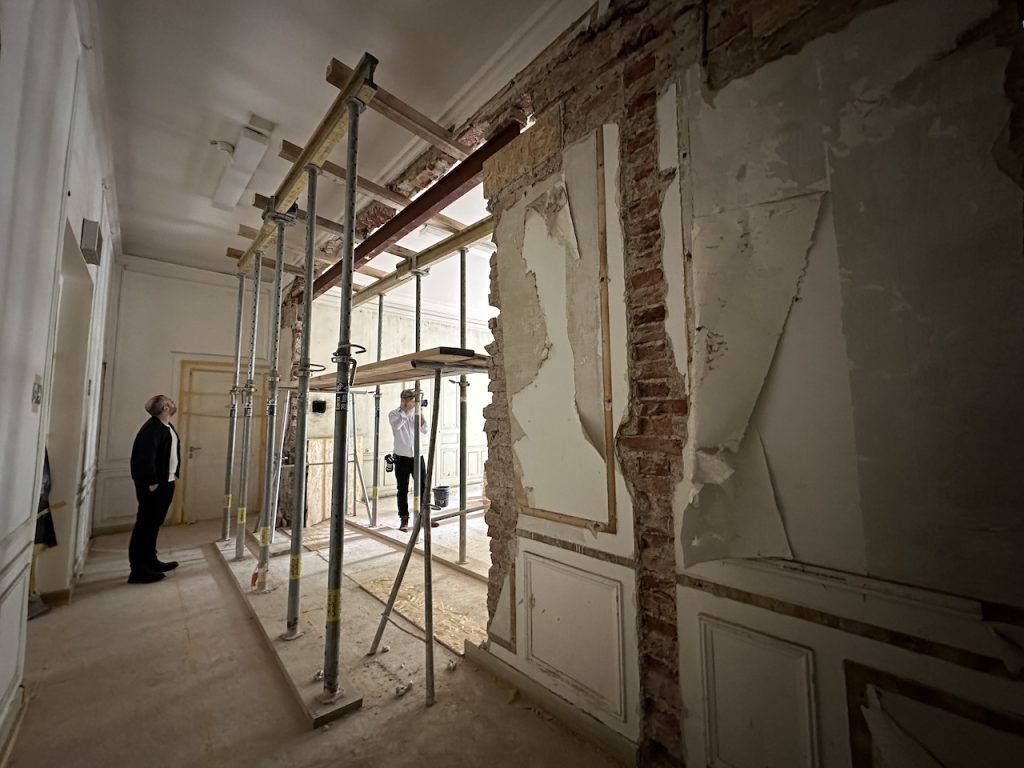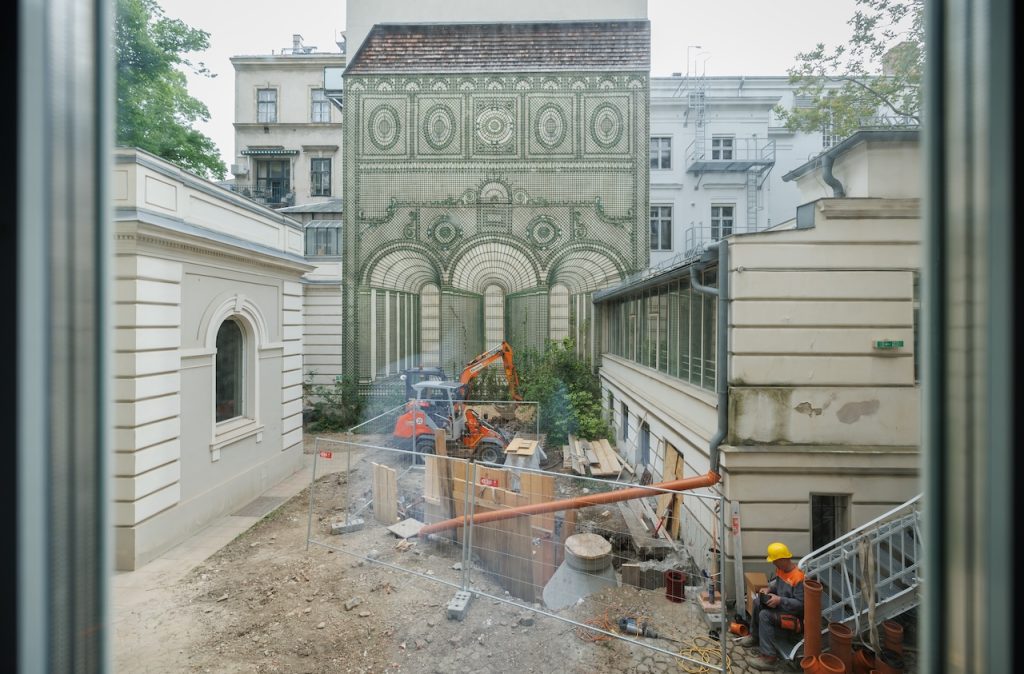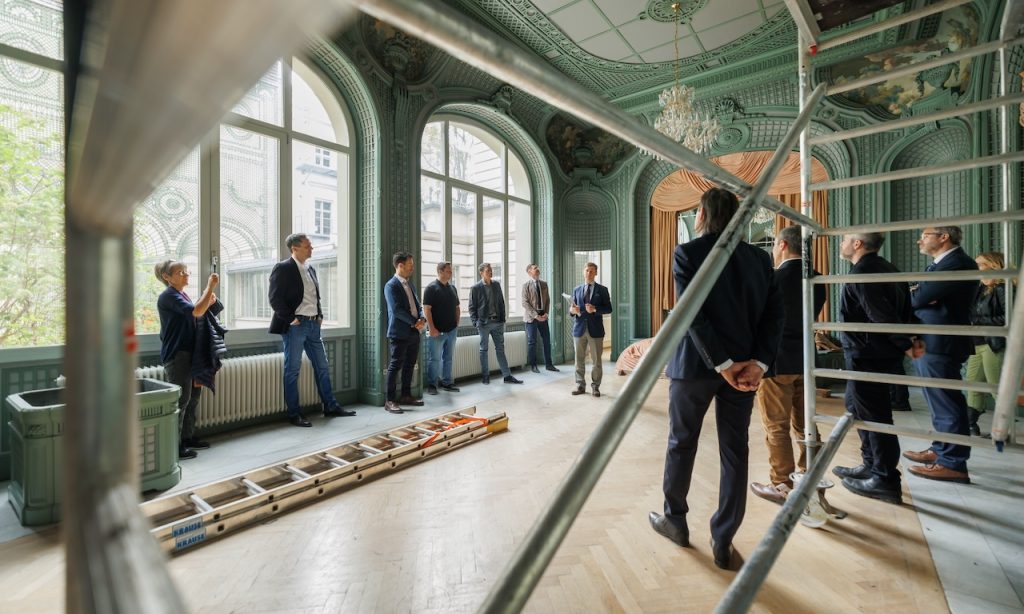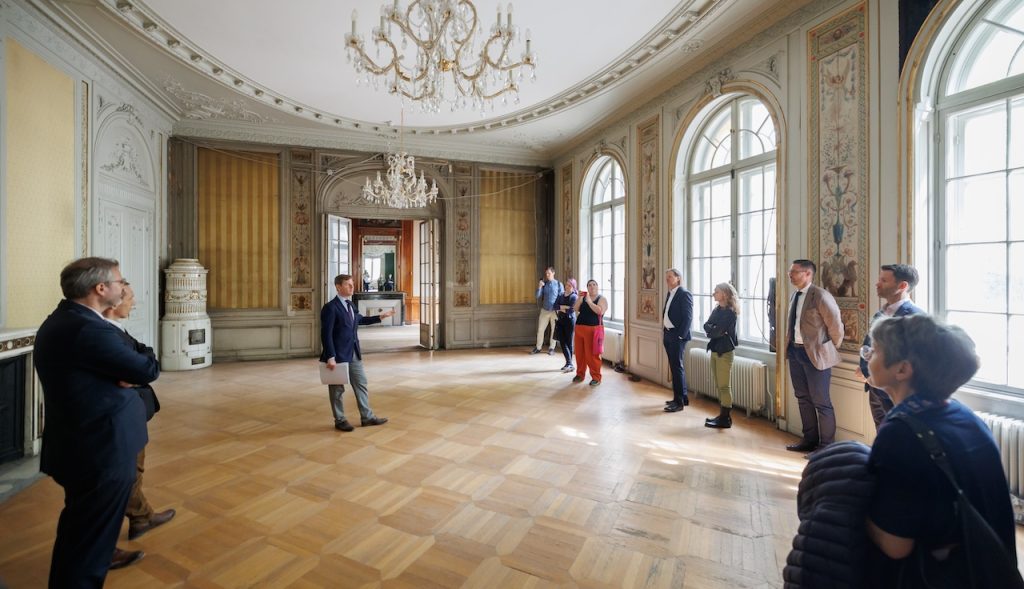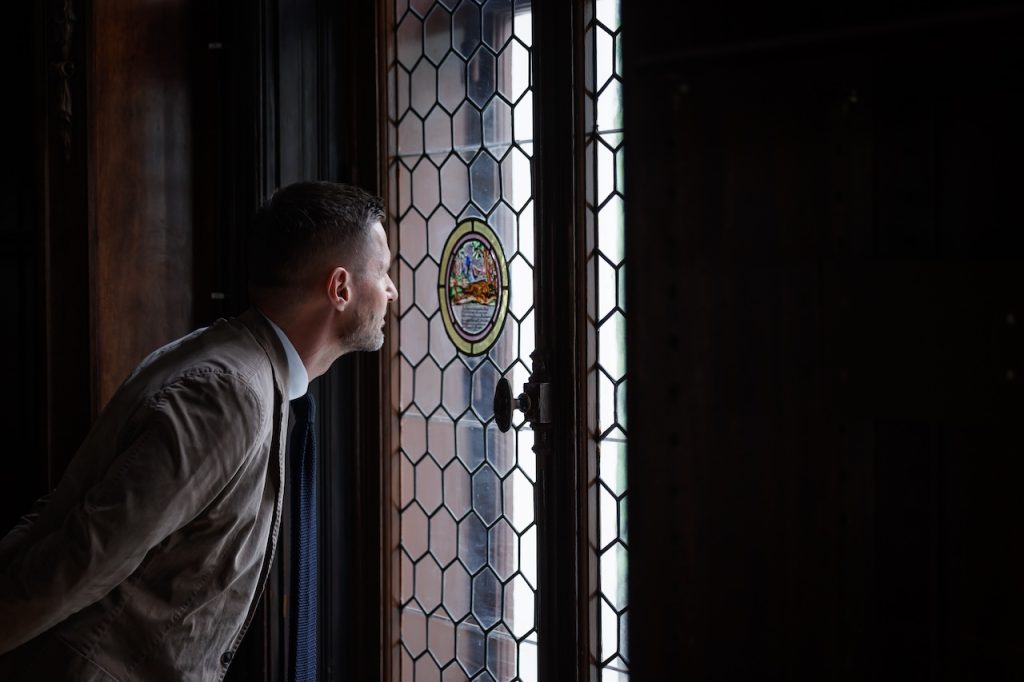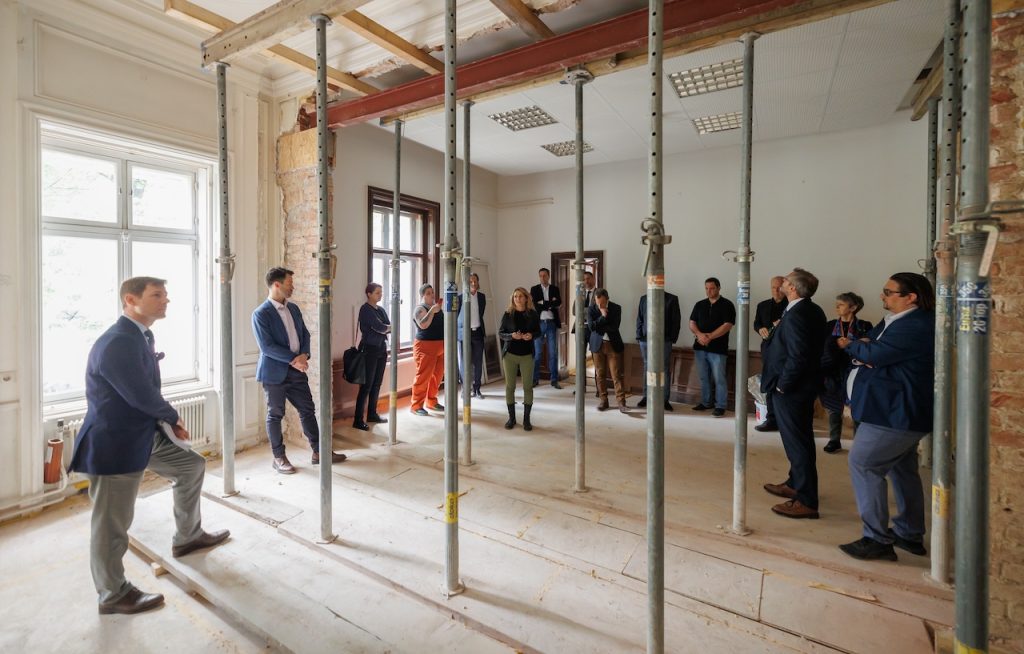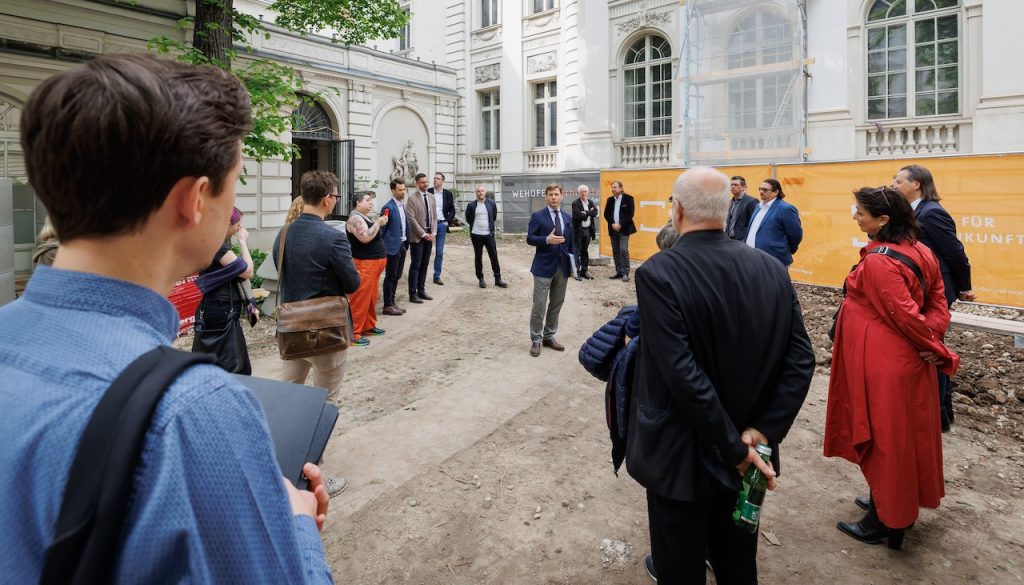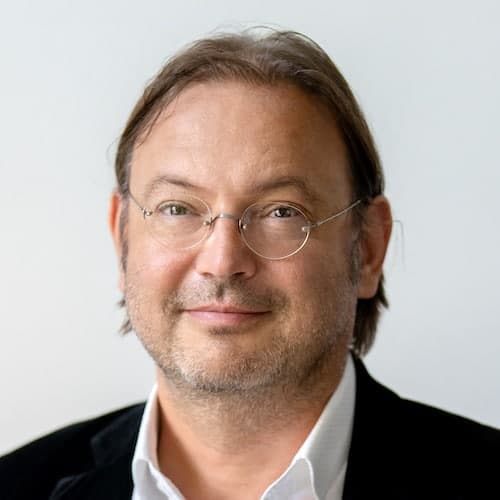Groundbreaking at the future CSH location in the third district of Vienna – BIG, the Federal Real Estate Company is adapting the turn-of-the-century palace into a new hub for cutting-edge research.
From 700 square meters at Palais Strozzi in Vienna-Josefstadt to over 2,100 square meters at Palais Springer-Rothschild in Vienna-Landstraße. Today’s groundbreaking marks the beginning of renovation and adaptation work. By the end of the year, the Complexity Science Hub is expected to move into its new home.
“When we moved to Palais Strozzi on Josefstadter Strasse in 2016, there were only three of us,” recalls CSH President Stefan Thurner. Today, eight years later, space in the premises is noticeably tighter. Too tight. Because now about 80 people are researching and working at the CSH. This growth was driven by the increasing need to understand the complex interconnections of society in a networked world – from supply networks to mobility to cybercrime.
“At our new location on Metternichgasse, we will have five floors at our disposal,” explains Thurner. “We will use the salons on the ground floor as conference and event rooms, while our researchers will be accommodated on the upper floors and in the mansard. There will be plenty of room for exchange and great ideas. Two gardens and the library will serve as sources of inspiration and relaxation for our employees,” Thurner explains.
The City of Vienna is supporting measures that will facilitate future accessibility and use of the building for people with disabilities. “Vienna is a city of excellent science and research. Today, more than ever, we see how important it is to strengthen Vienna’s position as a hub for science, as well as to expand further and promote basic research in our city,” explains Vienna’s Councilor for Science, Veronica Kaup-Hasler. “The Complexity Science Hub will become an important center for the exploration of complex systems and data at its new address in the third district – from medicine to social sciences,” Kaup-Hasler expresses her delight at the
THE HISTORY OF THE PALAIS
The Palais Springer-Rothschild, owned by the BIG, was built at the end of the 19th century (1891-1893).
Richard Schöberl heads the University Division at BIG: “With the adaptation of Palais Springer-Rothschild for the CSH, we are once again transforming a listed building into a modern hub for cutting-edge research. We are taking responsibility for the historical buildings in our portfolio while conserving resources. By switching from gas to district heating, we are one step closer to our goal of phasing out fossil fuels on a large scale.”
Around 1890, the builder Baron Bourgoing commissioned a French architectural duo to build his palace, which is still evident in the architectural language today – such as in the courtyard, the main façade, or the fact that the palace is set back from the street.
Shortly after its construction, numerous expansion and renovation measures took place. The addition of a winter garden and a studio was followed around 1925 by the construction of another floor by the new owners, Baron Springer and his wife Valentine, née Rothschild. The aspiration for representation, the living atmosphere, and the habits of the inhabitants are still clearly discernible in parts of the building today.
From 700 square meters at Palais Strozzi in Vienna-Josefstadt to over 2,100 square meters at Palais Springer-Rothschild in Vienna-Landstraße. Today’s groundbreaking marks the beginning of renovation and adaptation work. By the end of the year, the Complexity Science Hub is expected to move into its new home.
“When we moved to Palais Strozzi on Josefstadter Strasse in 2016, there were only three of us,” recalls CSH President Stefan Thurner. Today, eight years later, space in the premises is noticeably tighter. Too tight. Because now about 80 people are researching and working at the CSH. This growth was driven by the increasing need to understand the complex interconnections of society in a networked world – from supply networks to mobility to cybercrime.
“At our new location on Metternichgasse, we will have five floors at our disposal,” explains Thurner. “We will use the salons on the ground floor as conference and event rooms, while our researchers will be accommodated on the upper floors and in the mansard. There will be plenty of room for exchange and great ideas. Two gardens and the library will serve as sources of inspiration and relaxation for our employees,” Thurner explains.
The City of Vienna is supporting measures that will facilitate future accessibility and use of the building for people with disabilities.
ADAPTATIONS FOR CSH
BIG’s renovation and adaptation work includes upgrading the supply and disposal lines (water, electricity, sewer) and providing suitable workplace facilities for a scientific institution. Barrier-free access to all essential premises and necessary adjustments for scientific research will be implemented in close coordination with the Federal Monuments Office and the CSH.
Special attention will be paid to restoration work to preserve the representative surfaces (wooden and terrazzo floors, wall coverings, paintings, stained glass). The expected cost for the renovation and adaptation work is approximately 3.5 million euros.
PUBLIC EVENTS
Previously, Palais Springer-Rothschild was used by the University of Music and Performing Arts Vienna (mdw). In the future, the building will remain accessible to the public for various events – from lectures and panel discussions to the “Art & Science” vernissages of the CSH.
